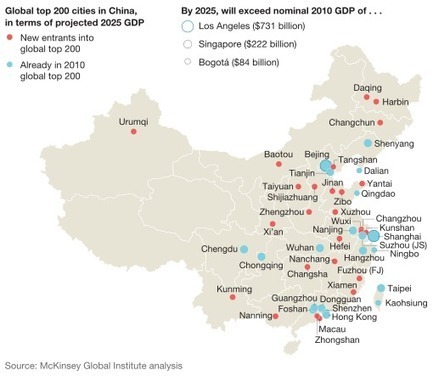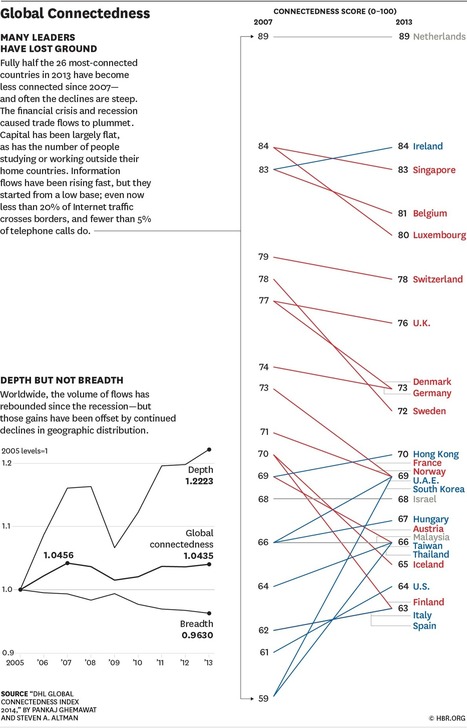Via The Learning Factor
Get Started for FREE
Sign up with Facebook Sign up with X
I don't have a Facebook or a X account

 Your new post is loading... Your new post is loading...
 Your new post is loading... Your new post is loading...

The Learning Factor's curator insight,
September 8, 2014 6:35 PM
What’s the future of strategy setting, decision making, and management? We examine how the collision of rapid emerging-markets growth, technological disruption, and widespread aging is upending long-held assumptions. 
Peter van Cuylenburg's curator insight,
September 9, 2014 8:33 PM
Here is an article with massive implications for future workplaces and the people who will be employed there. In our schools today we will have to consider the implications for our students. The education we provide would depend on flexible technological formats, developing inter-personal skills, enriching creativity, building clarity into ethical frameworks and so on. Lots to think about. |

The Learning Factor's curator insight,
February 11, 2015 11:57 PM
Our hyperconnected world isn’t as tightly linked as it was during the peak of globalization, in 2007—just before the financial crisis hit. |












Want to boost the return on your leadership development investment? Make sure to incorporate diversity and inclusion in its design.
I so agree. Our zip code only reach people in the community, global exposure opens a wealth of world culture.